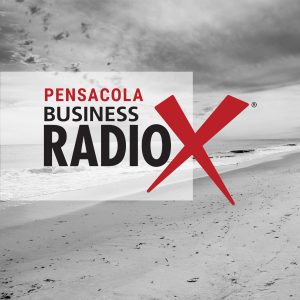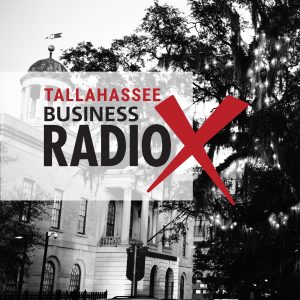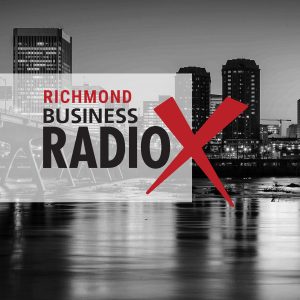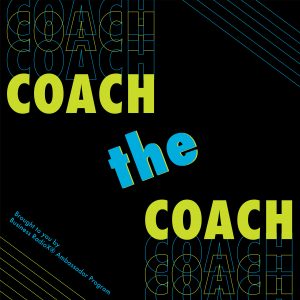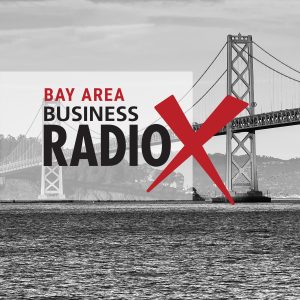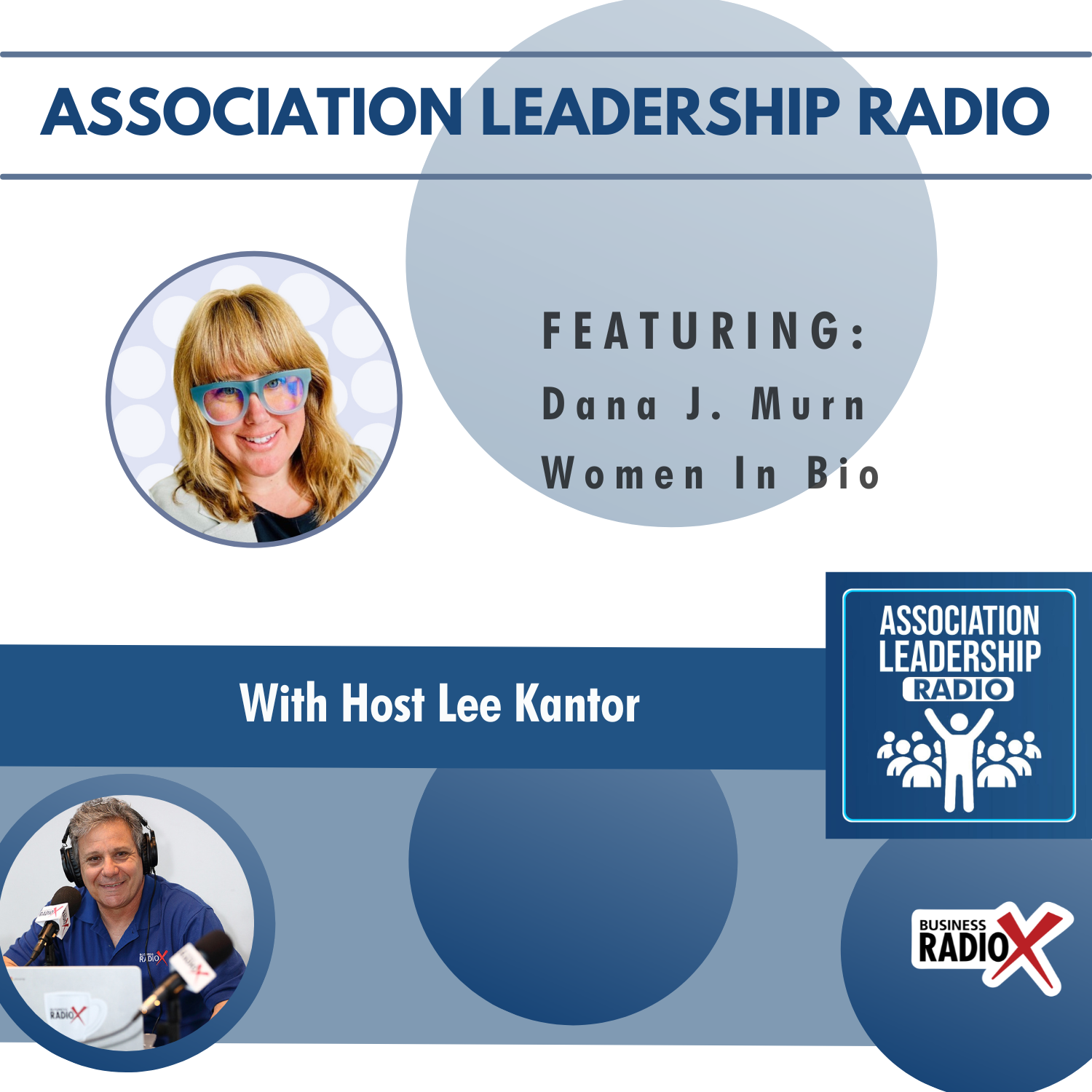

 Dana J. Murn is passionate about helping associations achieve their missions by cultivating innovative solutions. An association professional with 14 years of experience, she uses her expertise to drive strategic initiatives in partnership with boards, committees, vendors, and colleagues.
Dana J. Murn is passionate about helping associations achieve their missions by cultivating innovative solutions. An association professional with 14 years of experience, she uses her expertise to drive strategic initiatives in partnership with boards, committees, vendors, and colleagues.
She has overseen projects in the focus areas of IT, membership, product development, program development, and marketing. She is known for delivering projects on time and within budget thanks to her ability to collaborate, connect, and negotiate.
Dana lives by the motto that change is constant and therefore uses each experience she has personally and professionally as a learning opportunity. Dana has been actively involved in the Wisconsin Society of Association Executives (WSAE) since 2014 when she received the Inaugural Young Professionals Award.
In 2019, she was awarded the WSAE CAE Scholarship, and in 2020 she earned her Certified Association Executive designation from the American Society of Association Executives (ASAE). She has completed training in public speaking through Toastmasters as well as facilitation through the Creative Problem Solving Group.
She enjoys presenting webinars and writing articles and blog posts.
Connect with Dana on LinkedIn.
![]() This transcript is machine transcribed by Sonix
This transcript is machine transcribed by Sonix
TRANSCRIPT
Lee Kantor: Lee Kantor here, another episode of Association Leadership Radio and this is going to be a good one. Today on the show, we have Dana Murn and she is the Director of Chapter Relations and Program Management with Women in Bio. Welcome.
Dana J. Murn: Thanks, Lee. Happy to be here.
Lee Kantor: Well, I’m so excited to learn what you’re up to. Can you share a little bit about women in bio? How are you serving folks?
Dana J. Murn: Yeah, women in Bio is a pretty amazing organization. We’ve been around for for a little while now. We were established back in 2002. Um, we’ve got 13 chapters across North America, and what we’re really out there trying to do is create a dynamic community that empowers women across the life sciences. Um, we’ve got nearly 4000 members. Um, and what we’re really trying to do is connect professionals from diverse backgrounds, from biotech to, to academia. Um, within, within that industry. So that’s that’s what we’re trying to do and trying to provide. We’re um, we like to say we’re, uh, classroom to boardroom. That’s one of our favorite sayings, um, because that’s really what we’re trying to do is get more representation for women in the life sciences industry.
Lee Kantor: And through all stages of their career. Right? So they could have an idea and this would be the right organization, or they could have exited and this could be the right organization.
Dana J. Murn: That is correct.
Lee Kantor: Now, what’s your backstory? Um, how did you get involved in the life sciences?
Dana J. Murn: Well, you know, it’s funny, I actually fell into the life sciences industry. I am an association professional by trade. I have 14 years of experience within the association space coming up on 15, which is kind of crazy to say. Um, and I was looking for a new opportunity and came across women in bio, and I just really couldn’t, um, get over how impactful their mission is. I am very mission driven from a work perspective, and the associations that I’ve worked for have had very strong, strong mission statements. So being able to join the the Women in Bio team was pretty amazing, and I’m enjoying it very much.
Lee Kantor: So having worked with other associations, how do you kind of take some of that knowledge and best practices and then implement it here for the folks at Women in Bio?
Dana J. Murn: Sure. So what I tend to do when I come into a new association that I’m working with is I spend a lot of time getting the lay of the land. Um, within the association space, there’s definitely things that can have crossover from association to association. Um, one thing that I will say with my, with my introduction and involvement in life sciences is that it has been different than some of the other association spaces I’ve worked in previously. I’ve worked with, uh, credit union executives, um, dental, cosmetic dentists, and then more recently in the healthcare and leadership spaces. So life sciences has been a little bit of a different ball of wax for me to get my teeth sunk into. Um, but at the end of the day, the what comes back to me from an association professional perspective and, um, you know, utilizing my expertise as a key, um, has really been diving into the data, looking at where our strategy is and deciding what pieces from other associations that I’ve worked with are going to benefit women in bio the best, so that we can deliver on that strategic plan that we’re working to accomplish right now.
Lee Kantor: And at the heart of everything, I would imagine is just keep pushing the value to the membership is that, um, that’s.
Dana J. Murn: Always that is always the thing that, you know, keeps me up at night as an association professional is how are we communicating that value of membership to current and prospective members? That that’s always the the paradox that you’re trying to, um, you know, exist in and solve for is how is your message resonating with those individuals? Are they seeing that value? Are they, you know, coming? Are they getting that membership invoice and going? I can’t live without my my women and bio membership. Um, that that’s really the thing that we, we strive to make sure happens. Um, not just here at Women in Bio, but really anybody who’s been involved from a membership perspective. That’s what you’re always thinking about.
Lee Kantor: So how do you kind of implement some of these events and some of this, you know, create that sense of community that every association strives for?
Dana J. Murn: For me, a lot of it is, um, you know, it’s that I’m big on celebrating the wins of our members. That’s and that’s one of those things with this organization that’s very simple to do. There’s a lot of really amazing women who are involved in our organization. Even just looking at our volunteers, we have we have over 400 individuals who volunteer with our association right now, and they are all doing incredible things. And a lot of times to really hone in and communicate that community and the diversity of our community. It’s highlighting those wins that those volunteers and our members are experiencing within the life sciences industry, those who are being promoted, those who are speaking at conferences, those who are are gaining and retaining boardroom seats within, within the industry. Um, really being able to kind of start to celebrate those individuals and also lift them up.
Lee Kantor: Now, you mentioned, I think what you said that there’s 13 or 14 chapters around the country.
Dana J. Murn: Yes, we have 13 chapters. 12 of them are in the United States. We have one chapter in Canada that’s located in Montreal.
Lee Kantor: Now, is that part of kind of the roadmap is to grow more chapters?
Dana J. Murn: Yes. That is that is the goal. So but but strategically. Right. Growth for growth’s sake is not what we at women in bio are about. The the real goal for us is making sure we’re bringing in those individuals who truly are are looking for a diverse community within the life sciences industry, not necessarily only looking for a perspective that is just is just similar to theirs, but really understanding. We have everybody from scientists, you know, scientists all the way up to to CEOs and and founders. I mean, we really span the gamut. So from a chapter perspective, yes, we’re definitely looking to grow. And right now we have our we have our, um, our sights set on some, some possibilities in Texas that we’re excited about. Um, but really with our other chapters, it’s really supporting their engagement of existing members and helping them to communicate, continue to communicate the value that women in bio has for them at that organic, local level. Um, because that’s that’s really where we see that or that nice organic growth. They come in. They’re an individual looking to network or there’s a, um, you know, content event that they’re interested and excited about. And that’s often their first experience with women in bio. And then it’s the chapter that tends to cultivate that relationship more with additional events. So as we as we focus on growth, we are also focused on really strategic growth, um, thoughtful growth, a holistic view of what that looks like for someone coming into women in bio as a member.
Lee Kantor: Now, what do successful chapter locations have? Like what qualities do they have a university? They have enterprise level companies. They’re like incubators. Like what makes for a good, um, location for a chapter?
Dana J. Murn: That’s a great question. A lot of the chapters that we see great success in definitely have, um, have biopharma or biotech companies that are housed in those locations. Um, academia is part of it. Um, definitely don’t want to discount that. Um, but a lot of it is how many how many biopharma and biotech companies are in your area? That’s a big that’s a big piece. I think the other part of it is do you have do we have chapter leadership set up for success? Um, our chapters that are are very successful in bringing in members hosting successful events and doing doing all of the right things Are doing succession planning, they’re doing volunteer training. They’re doing all of the things that might not seem sexy, but are very important to making sure that the chapter runs successfully, that they have a balanced budget, that what they’re doing makes sense not only for their chapter, but also for women in bio as an organization.
Lee Kantor: Now, if a potential member is not in an area where there is a chapter, can they join kind of remotely to a chapter that’s near them? Like what’s the best way for them to kind of participate?
Dana J. Murn: Yeah. So we have what we call a virtual member. And at that point they we we are um, we do offer webinars as a, as a pretty major benefit for those who are unable to or are not close to a chapter. Um, we have other benefits as well that are available to those who might not be close to a chapter. I mean, we have Scholarship opportunities. You can definitely still review and access the recorded webinars that we have. We’ve got discounts on things. Um, there’s mentorship available. Um, we are working to beef that up at this point. For those who are not near a chapter, that’s a little bit more of a difficult, um, you know, piece to to deliver an address at this point. Um, but then we also have volunteer opportunities for those who are, um, remote or virtual and not near a chapter as well, that they can be involved in, where they don’t have to necessarily be in person to give back and and create more of a, a network amongst themselves.
Lee Kantor: Now, you mentioned earlier that there’s it seems like there’s something for everybody at every stage of their career. Um, how do you kind of help, um, encourage the membership to, you know, not only take a role as a member, but also kind of also have a way to give back to the person, maybe at the level below them, you know, like you need mentees, but you need mentors. You need people who have, you know, the experience that they’ve exited. But you also need an entrepreneur who hasn’t started something. So they’re everybody’s at kind of a different stage. And how do you get them to kind of lift the person at the stage below them up?
Dana J. Murn: That that’s a that’s a great point. So one of the things that we do right now to help lift up those individuals and connect individuals is our, um, our mentorship advisors, peers and sponsorship groups, which we lovingly refer to as maps. Um, we also have an executive maps program that is specific to women who are, um, director, C-suite level within life sciences, but those groups are specifically geared towards giving those individuals time to network with each other, giving them a safe space to have conversations they might otherwise not be able to have with their colleagues or other individuals that there may be meeting within, um, you know, outside of the organization. Um, that that’s how we’re promoting and helping to kind of, uh, rising tide lifts all boats situation is, is doing mentorship at all levels through that, through that mentorship and those those group programs.
Lee Kantor: Now, um, what’s kind of a day in the life in your world? What what do you spend the most of your time doing?
Dana J. Murn: Right now? I am down a person in programs, so I would say I’m a lot more 50 over 50 split in terms of working with our chapter leadership to, um, assist them with what they’re doing from a programing perspective. Um, and then also working at the national level to in incorporate and support our signature programs that are at the national level. We have a great program called Boardroom Ready. That is a nice stepping stone for executive level women who are interested in trying to get on to a board. Um, and that’s that’s a program that I’m starting to dive a lot deeper into. And it’s it’s very I’m enjoying it, but it’s it’s a really exciting program. It’s really all about how do we get these women in the mindset of a, of a board director, how do we get them positioned for success when that opportunity comes and they’re ready to to take on that board seat?
Lee Kantor: Now, are most of your members, um, kind of entrepreneur where they’re running their own company, or are they working for enterprise level organizations or. It’s a combination.
Dana J. Murn: It’s a combination. And that’s one of the things that I, I find very unique about our organization. The fact that women in bio is not just, okay, we’re founders and entrepreneurs, or we’re just executive level women or we’re just scientists really is what sets us apart within the life sciences industry. Because you can you can easily find organizations that are specific to each of those different segments. But to be able to come to an organization like Women in Bio and say, I’m getting diverse perspectives from all segments within the life sciences industry, is a pretty unique proposition for us to have and to be able to promote, because it it really does give you all of the views of what’s happening in, in the life sciences industry. You’re not within a vacuum when you come to our organization.
Speaker3: So do you.
Lee Kantor: Have any advice for other association leaders when it comes to, you know, maybe working with is this the first time you’ve worked with kind of a gender specific organization like this, women in bio or review. It sounds like you’ve worked in a variety of roles previously.
Dana J. Murn: I have worked, yeah, so that’s a great question. I have worked with other women with I’ve worked with one other organization that was women Focused. Um, it was also state based, um, which was interesting. And honestly, um, I would say as an association professional working with a specific segment, um, for a pretty specific segment, even though it’s within a larger industry for me, I think that’s what makes us really powerful and, um, really amazing. To be honest. I find it very empowering being a identifying as a female as well. Um, that that I’m every day I’m coming to work, that I am supporting these women, um, within our industry, uh, you know, change those percentages that are out there. I mean, we women, women in the life sciences, you know, 29% of the Stem workforce in 2023 identified as women. As you move up the up the leadership chain for women within the life sciences industry, it gets smaller and smaller in terms of how many women are truly represented at that level and as an individual within the association space that aspires to be an executive director, aspires to continue to see change and aspires to really continue to make a difference. I appreciate and enjoy supporting an organization that has such an impactful mission, um, to to really just lift women up within an industry that needs it pretty direly.
Lee Kantor: Yeah, I think there’s definitely a place for an organization like yours where it becomes that safe space for women to share and answer questions that they may not feel comfortable asking, uh, to the whole room, but they can get kind of the good, the bad, the ugly right out of a person who’s already been there.
Dana J. Murn: Certainly. And I actually recently facilitated a panel discussion with four women biotech CEOs that were between Seattle and San Francisco. And just listening to these women talk about needing to own the space, needing to, um, really just kind of recognize where their skill sets were and play to those, but also recognize that sometimes it’s it’s coming into the room and saying, hey, I may not be a man, but I have a lot to bring to the table. Um, was really empowering not only for me, but all the other individuals that were on that educational event, um, to listen to. It’s it’s interesting to hear, even at this day and age, the struggle that women continue to face within the life sciences industry. Um, in terms of leadership and feeling comfortable in in an industry that’s still pretty male dominated.
Speaker3: Right.
Lee Kantor: And you mentioned it earlier, how the importance of mindset is and having allies that you can talk to that have been there and done, that gives you confidence to really elevate your career.
Dana J. Murn: Certainly having a safe space to be able to have those conversations of, you know what? It’s it’s lonely. It’s lonely at the top. As a female, it’s not even that, you know, you don’t have other females that you can connect with. It’s that you need to be able to feel safe to to do so. And cultivating that for our members and executive level women is, is just so important to our mission.
Speaker3: So what do.
Lee Kantor: You need more of? How can we help you?
Dana J. Murn: What do we need more of? Well, we we would love to have more support from outside individuals and an understanding that women, just women, are in the life sciences industry and we need to continue to raise them up. I think the other part is, you know, it’s it’s too late when you get females, um, in school, past, past middle school, you need to get girls females involved in Stem topics as soon as possible. It’s not just for boys and men. Um, women can do Stem just as well, if not better than men in a lot of instances. And, um, to discourage, uh, to discourage or not give um, younger girls the ability to learn about Stem and experience Stem. Um, you know, earlier on in their educational experience is really a disservice to them. Um, so we’re working to try and change that, um, with our women, our Young Women Woman in bio program that actually addresses young girls in high school, but we’re always on the lookout for ways that we can we can just keep lifting women up within the life sciences industry.
Lee Kantor: Yeah, it’s a disservice to the individual, but it’s also a disservice to the community and the country because it’s a missed opportunity. I mean, it’s silly.
Dana J. Murn: Yes, 100%. 100%.
Lee Kantor: So if somebody wants to learn more about women in bio, what is the website? What’s the best way to connect?
Dana J. Murn: Yeah, best way to connect. We are on LinkedIn. If you search for women in bio, you can definitely find us in that space. And you’ll also see our 13 chapters are on LinkedIn as well. But if you’re interested in learning more about women in bio, it’s women in Bioorg. Um, we are we are running an individual donor campaign. So if anybody’s interested in supporting our mission, we’ve got some buckets that individuals can contribute to. But really, it’s just continuing to get the word out about our organization.
Lee Kantor: Now, who’s the ideal sponsor?
Dana J. Murn: Who’s the ideal sponsor? Well, we you know, we actually have a lot of really engaged sponsors within our within the life sciences industry. We’ve got, um, really great, uh, relationships with, uh, with banking institutions, with law firms. We do a lot with Deloitte, um, at the National and also the chapter level. Um, we we are open to having conversations with organizations that have a similar mindset that we need to lift women up, and we need to give them the opportunity to be educated, uh, in the skills that they need to be successful within the life sciences industry.
Speaker3: Well, Dana.
Lee Kantor: Thank you so much for sharing your story today. You’re doing such important work and we appreciate you.
Dana J. Murn: Thank you, Lee, for your time. I appreciate it as well.
Lee Kantor: All right. This is Lee Kantor. We’ll see you all next time on Association Leadership Radio.


